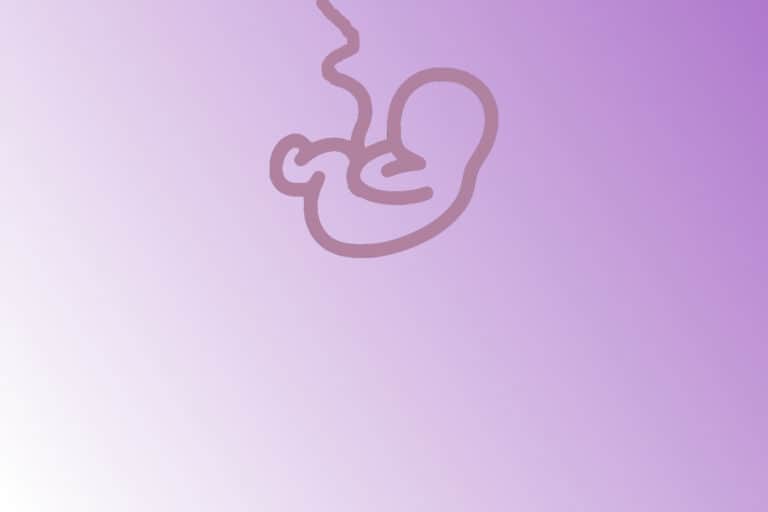Birth injury
Birth injury is defined physical (mechanical) trauma of tissues and organs that is associated with birth (internal or external injury). Treatment is required for birth injury itself, as well as for the associated complications (perinatal asphyxia, hemorrhage and resultant anemia, hyperbilirubinemia, paresis, fractures). Risk Factors for Birth Injury Prematurity Instrumental birth (forceps,…


